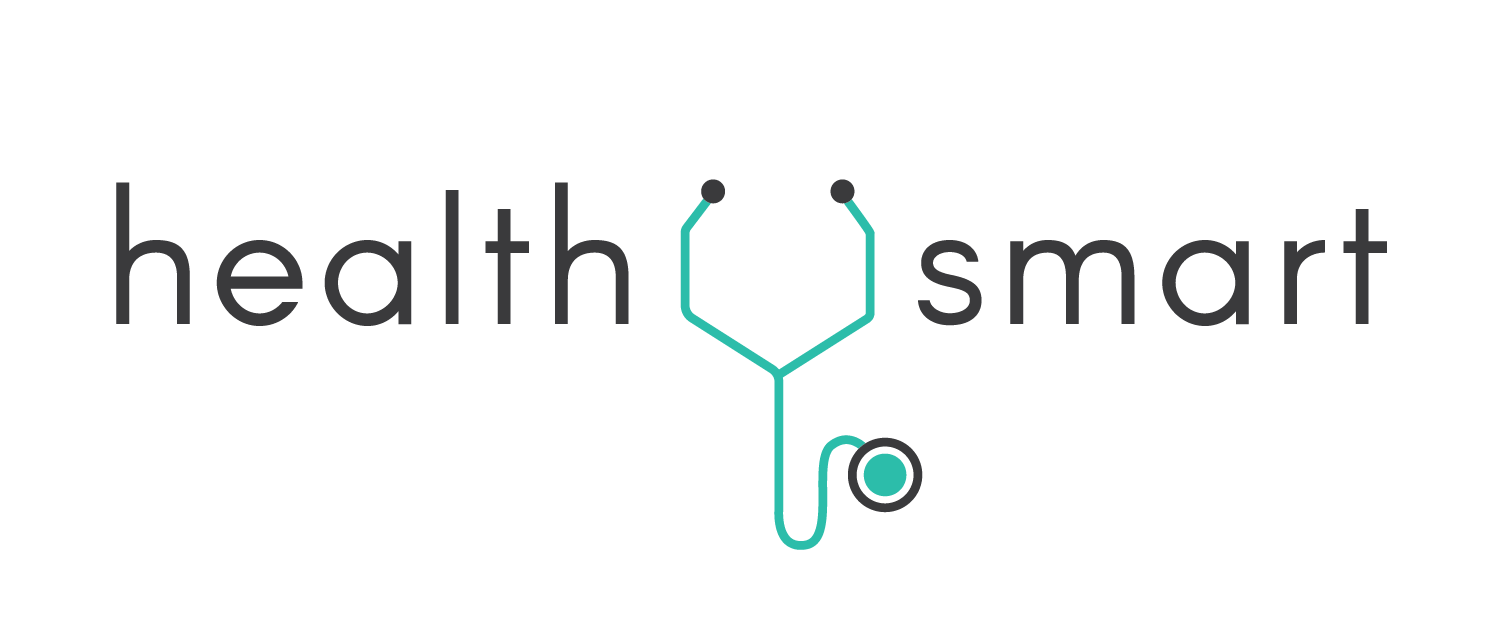Photo by Hubert Neufeld on Unsplash
“Trauma response, stat!”
$5000, stat.
U.S. Healthcare today is an ill-fated ship, headed for collision with the icebergs of zero price transparency and prohibitive pricing, resulting in potentially dire consequences for patients. Unless you’ve seen hospital bills, chances are, you don’t know the cost of procedures or think about them very much. Price-shopping in the service industry is very common; however, for many years, this has not been the case for healthcare. Pricing is nebulous, often intentionally so, leaving many patients in a plight where choosing life over death can equal bankruptcy.
However, new regulations from the Centers for Medicare and Medicaid Services (CMS) in effect as of Jan. 1, 2019 have mandated that hospitals publish price lists on their websites. For instance, we now know that thirty-minutes in the operating room can cost around $6k-10k, and that an hour of observation will cost around $1,500 at the University of Cincinnati Medical Center. At TriHealth Hospital also in Cincinnati, the same duration in the operating room is over $1,000 less, and comparable observation is priced at around only $500.
Photo by Natanael Melchor on Unsplash
These new regulations are certainly representative of positive progress towards a more transparent healthcare system. However, there are several flaws, in many capacities, that indicate price schedules disclosures are not enough.
Education/Comprehensibility
Since healthcare pricing has been forever-secretive, patients are not aware that price schedules exist online. In addition, they may not know where to find them. Lists may be buried multiple webpages deep, many times deliberately. In other cases, there are multiple links to price lists, which cause confusion in selecting the appropriate schedule. This poses a significant challenge for less-savvy users. Some pricing lists, like those for Cincinnati hospitals, are relatively easily accessible, but can have other issues. All are formatted differently, with abbreviations incomprehensible to the average person. Lists are often not completely exhaustive. There is no simple way to navigate or search data sheets with tens of thousands of rows. These impediments can result in the patients obtaining incorrect information, or even giving up on their search.
Photo by Helloquence on Unsplash
Insurance
The price listed online is almost certainly not exactly what you will pay. The majority of Americans have some form of health insurance which will cover some portion of necessary medical procedures. Insurances are derived from many sources, including job-based private plans, state health plans, and Medicare. Your plan will have specifics about what it covers, how much it covers, and what portion comes from your pocket. There are a plethora of plans out there, each unique, and the listed prices from hospitals for procedures do not account for insurance plans. This results in accurate prices being difficult to obtain and remaining mysterious as ever.
Psychology — Sticker Shock
Though you will almost certainly pay less than what is listed, seeing high prices can be discouraging, to say the least. Patients may put off medically necessary procedures or even forego them altogether, due to seeing prohibitive costs upfront. While price-shopping is financially prudent, the perplexing nature of deciphering information from all parties involved takes time. Researching the details and talking with the hospital and insurance company to determine specific details is a laborious process which can be off-putting and delay patient-driven efforts towards preventative care. Simply disclosing prices without a ballpark estimate of actual payment can be detrimental to patient health due to unnecessary sticker shock from unadjusted fee schedules.
The Fine Print
Fees listed on price disclosures almost always have additional costs that are not listed. The charges for time in the operating room, as discussed earlier for examples in Cincinnati, do not include the cost of medications and supplies. Physician fees, which are variable and not concretely defined or listed, are added on top of everything else. This still excludes the costs of complications that may occur, often requiring more of the hospital’s time and resources, costing the patient and their family even more. Therefore, even with price lists and meticulous research and planning, the true costs of hospital procedures may be unfathomable and volatile, as they have been forever.
Though the new rules from CMS are indicative of a strong step towards healthcare cost transparency, this is just the beginning of a series of steps needed to achieve a healthcare system in which patients are prioritized. Specific changes are necessary for greater impact from the new regulations. Details in the recently released price lists need to be more specific, explaining each abbreviation in clear terms for the patient to understand. A searchable and interactive system, rather than a lengthy database or spreadsheet, expressed in nonexpert terms, will further eliminate the need for a Rosetta Stone in understanding a simple price search. Details regarding physician and medication fees should be included in these lists to at least allow rough estimation of the actual cost. Currently, displaying pricing without factoring in the appropriate insurance coverage may result in people avoiding certain preventative screenings or other procedures due to modified psychology caused by sticker shock. The insurance issue is more complicated due to excessive lobbying and a history of complexities; greater regulation from legislators and CMS is necessary to make plan-specific pricing for all hospitals available to patients in an accessible and comprehensible manner. Stronger legislation over healthcare pricing transparency has the power to support the well-being of patients by setting many of these changes in motion.
Photo by Alex Perez on Unsplash
The 2019 regulations represent a strong shift in the right direction. However, simply disclosing prices is insufficient, and the icebergs of inadequate transparency and prohibitive pricing remain imminent. Until we address certain issues to further build upon the new regulations, public health and patients nationwide continue to bear the burden.





